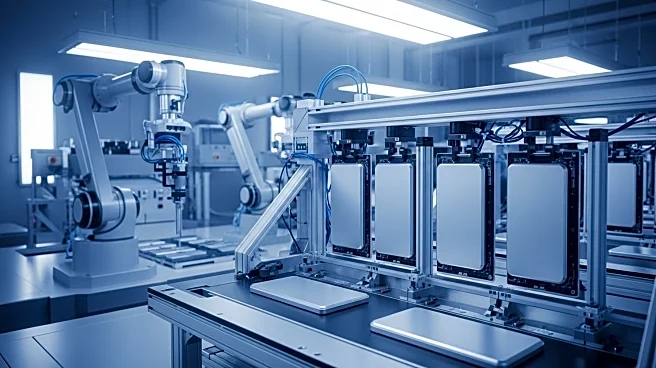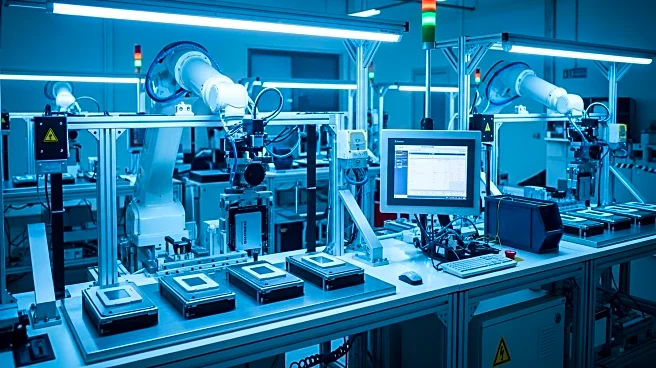What's Happening?
Semtech Corporation has announced the launch of its comprehensive 2.5G symmetric Fiber to the Room (FTTR) chipset designed to accelerate global Passive Optical Network (PON) deployments. The integrated solution addresses critical cost and performance challenges as the FTTR market prepares for significant growth driven by expanding fiber-to-premises deployments. Semtech's chipset enables the industry transition from asymmetric systems to true symmetric 2.5G FTTR deployments, supporting bandwidth-intensive applications.
Why It's Important?
Semtech's launch of the 2.5G FTTR chipset represents a significant advancement in optical network technology, addressing the growing demand for cost-effective and high-performance solutions. The chipset's ability to support bandwidth-intensive applications and eliminate Wi-Fi dead zones is crucial for service providers facing mounting pressure to deliver reliable and efficient network solutions. This development highlights the importance of innovation and technological advancements in driving industry growth and competitiveness.
What's Next?
Semtech plans to showcase its 2.5G FTTR chipset capabilities at CIOE 2025 in Shenzhen, China, demonstrating the integrated solution's cost and performance advantages for service providers planning FTTR deployments. The company's focus on innovation and strategic positioning will be crucial in driving further growth and expansion, enabling it to deliver high-performance optical network solutions to customers worldwide. As the demand for FTTR technology continues to grow, Semtech's strategic investments and technological advancements will be key in maintaining its competitive edge.
Beyond the Headlines
The emphasis on FTTR technology highlights the importance of strategic positioning and innovation in driving industry growth and competitiveness. As companies like Semtech continue to invest in optical network technology, they will need to balance competitive pressures with growth opportunities, potentially leading to increased collaboration and partnerships. The situation underscores the need for companies to innovate continuously to maintain their competitive edge and support industry growth.












